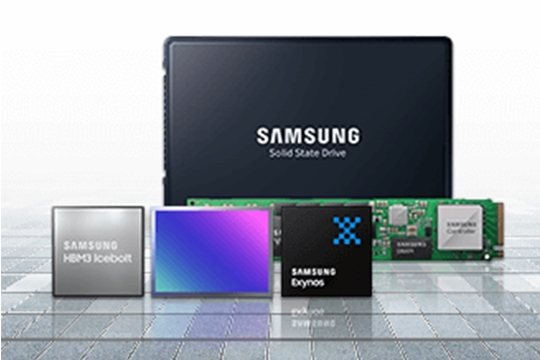The Challenge:
Improve Employee Communication
In a manufacturing facility with 40 assembly lines, issues are bound to arise. To gain a competitive advantage that would reduce costs and allow for continued improvement and growth, Magna International wanted to move from a reactive approach of using radios for employee communication at their plant in Ontario, Canada, to a more proactive one, where issues would be handled immediately. The ability to gather more intelligence about crucial areas like factory waste and mean time to repair was also a high priority.
Maintain a Competitive Edge Through Continuous Improvement
The automotive manufacturing industry is highly competitive. Being situated in a high-cost labor market region such as Canada means it’s even more critical to reduce costs and increase efficiency to compete with low-cost regions around the world, both internally at Magna and externally. To remain competitive, Magna has embarked on a continuous improvement project across all divisions worldwide.
At the Dortec plant in Ontario specifically, they wanted to focus on and improve systemic downtime as part of the overall continuous improvement project. They were also seeing a trend in wearables and VR and AR, and wanted to try to integrate some of these technologies into their current tech environment.
One significant efficiency challenge the plant wanted to resolve with wearables was improving employee communication. When a line goes down, there are usually only one or two people in a given facility who can resolve the issue and restart the line. Finding those individuals by phone, radio or physical search inside an enormous and loud manufacturing facility can be a difficult and time-consuming process.
“We were trying to create a system that could self-generate and be more intuitive than our current reactive setting,” said Darren Charbonneau, the director of lean manufacturing at Magna International.
Another aspect of the project was to leverage the wearables to collect intelligence that would make waste more visible than in the past. The key areas of waste that the plant focused on include:
• Minimizing transportation
• Reducing downtime
• Making rework visible
• Better utilization of skills, capabilities and talent













